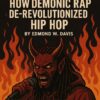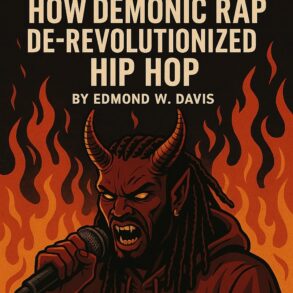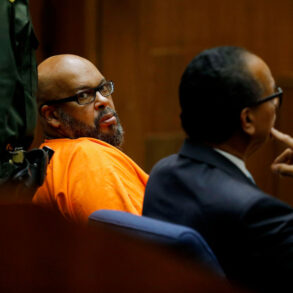
(NewsNation) — In the vibrant streets of 1970s New York City’s Bronx borough, a young Jamaican American disc jockey ignited a musical revolution that would bring people together and pioneer groundbreaking techniques that led him to become the founding father of hip-hop music.
He was born Clive Campbell on April 16, 1955, in Kinston, Jamaica, but he’s best known as DJ Kool Herc.
Hec’s family immigrated to the Bronx in 1967. Due to his size, kids at Alfred E. Smith High School nicknamed him Hercules, according to Britannica. He later shorted it to “Herc” as his professional name.
In the early 1970s, Herc started throwing block parties in the neighborhood, where he played a mix of American funk and soul records on his turntables. One of these parties, a back-to-school event held by his sister Cindy Campbell on Aug. 11, 1973, is widely recognized as the moment hip-hop culture began — when all the elements came together in one place.
However, the term hip-hop — which encompasses the movement’s four elements: emceeing or rapping, breakdancing, graffiti and turntabling — wouldn’t be used until several years after the party took place, according to the Grammy Awards.
Herc’s deejaying was characterized by his use of two turntables and a mixer to create a continuous flow of music, rather than playing records in their entirety, according to the Rock & Roll Hall of Fame. This became known as Herc’s “merry-go-round” technique, which extended a song’s instrumental break for long periods of time. However, it was later called “breakbeat” deejaying, according to TeachRock.
His technique was revolutionary at the time and laid the foundation for modern deejaying.
Herc turned songs like the Incredible Bongo Band’s “Apache,” Jimmy Castor’s “It’s Just Begun,” and James Brown’s “Give It Up or Turn It Loose” into the building blocks of the hip-hop sound,” according to the Rock & Roll Hall of Fame.
Additionally, Herc’s extended breaks laid the foundation for breakdancing, according to the Rock & Roll Hall of Fame. People who danced during Herc’s breaks were known as “b-boys” and “b-girls.” Their dance moves were first known as “breaking,” and then termed “breakdancing” by the media in the early 1980s.
Over 50 years later, hip-hop is still celebrating Herc’s milestones and he’s received several recognitions. In 1994, Herc was awarded the people’s Hall of Fame Award and Certificate from Gov. Mario Cuomo for establishing the roots of hip-hop in New York City. In 1995, he was highlighted in the Rock and Roll Hall of Fame Museum.
This post was originally published on this site be sure to check out more of their content.







